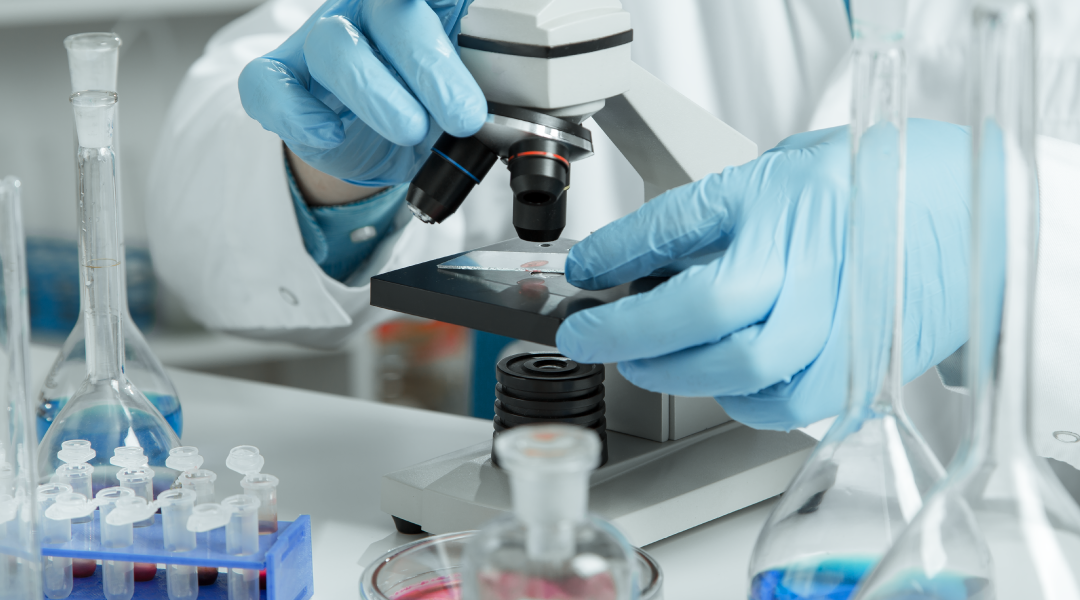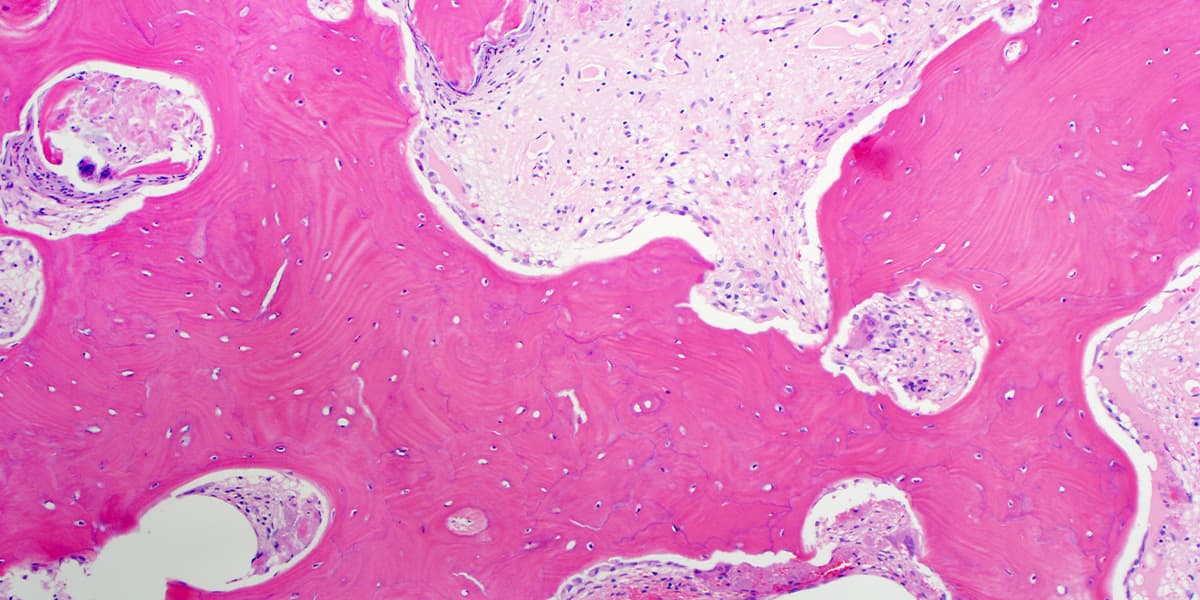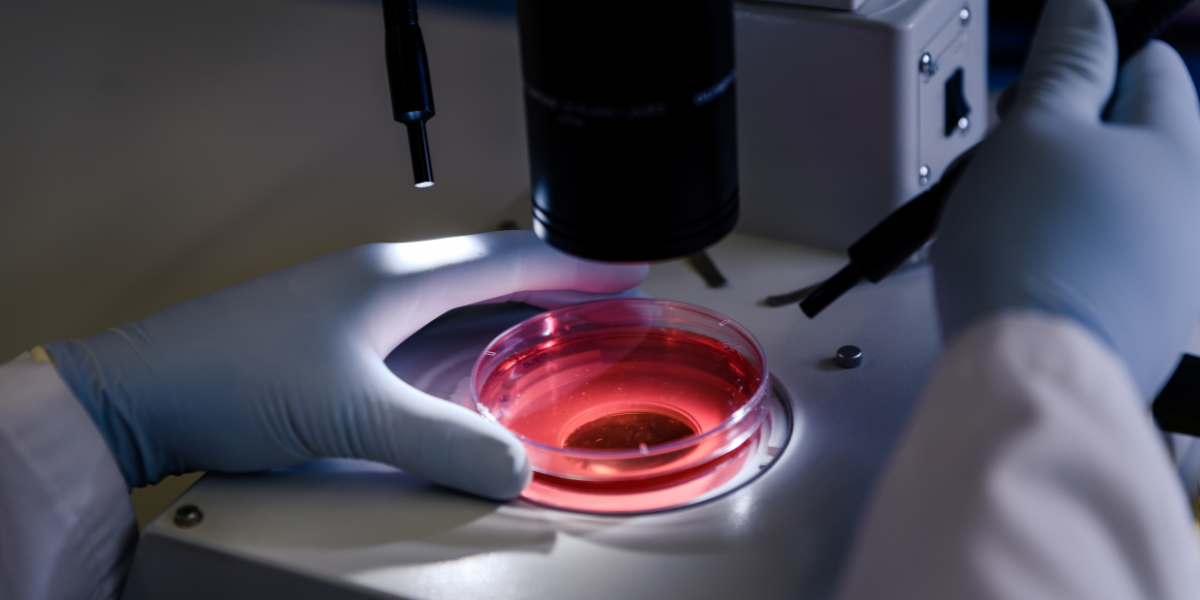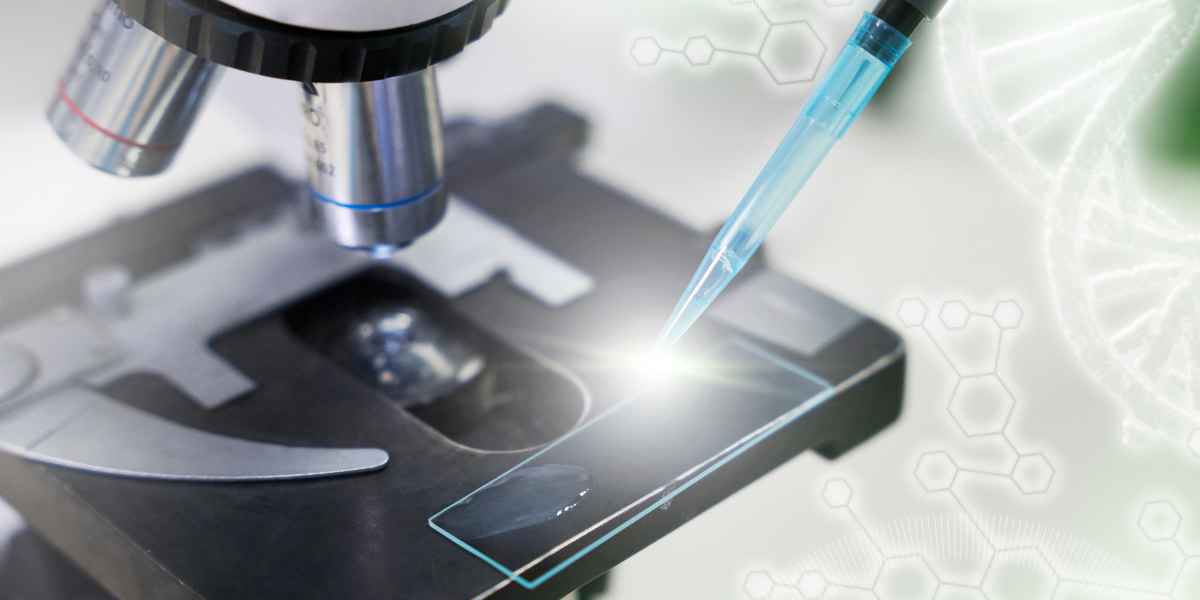When a patient presents signs that are associated with cancer, doctors take the necessary steps to provide care and support for the patients’ health. This includes ordering a biopsy to confirm the diagnosis and provide the next steps for treatment. There are 5 main types of biopsy procedures that can be performed depending on the patient and the health concern. In this blog, we will discuss what a biopsy procedure is, what it entails, and describe the 5 types of biopsy procedures.
Why do Blood Types Matter? Click Here to Find Out!
What is a Biopsy?
A biopsy is a procedure that removes tissue or cells from your body for testing. The cells or tissue are examined under a microscope by a pathologist to check for damage, cancerous cells, or other diseases. While x-rays, CT scans, and other tests can rule out abnormalities, a biopsy is the only way to accurately determine or rule out if a disease is present.
Types of Biopsy Procedures
There are 5 main methods of biopsy that can be performed depending on the type of disease and the necessary cells and tissue needed to test.
Bone Marrow Biopsy
A bone marrow biopsy is ordered when the patient’s blood is presenting abnormalities or if cancer has spread to the bone marrow, which is the spongy material inside of the bone. A bone marrow biopsy is performed using a needle to draw bone marrow from the hipbone. Bone marrow biopsies are commonly used to diagnose blood diseases including leukemia, lymphoma, and myeloma.
Needle Biopsy
Similar to a bone marrow biopsy, a needle biopsy will use a needle to collect the cells and tissues needed for testing. A needle biopsy can be performed in areas where a lump can be felt as well as areas where the lump is not present on the skin. When a suspected tumor cannot be physically touched on the skin, x-rays or other imaging methods will be used to guide the needle and collect cells or tissue. There are 3 types of needle biopsies that can be performed:
- Fine-Needle Aspiration uses a small needle to collect fluid and a small number of cells to be tested.
- Core Needle Biopsies uses a larger needle with a sharper edge to collect a small sample of tissue from a suspected tumor.
- A vacuum-assisted needle biopsy is a technique that uses vacuum suction to collect more fluid through the needle. This technique is incredibly powerful and will be used to prevent the patient from receiving multiple needle sticks.
Endoscopic Biopsy
An endoscopic biopsy is a technique that uses a thin, flexible tube to see the inside of the body. Once the tube has been inserted, small tools will be passed through to collect the necessary tissue for testing. Common endoscopic biopsies include cystoscopy to collect bladder tissue, bronchoscopy to collect lung tissue, and colonoscopy to collect colon tissue. For many endoscopic biopsies, the patient will receive sedation or anesthetic before the procedure.
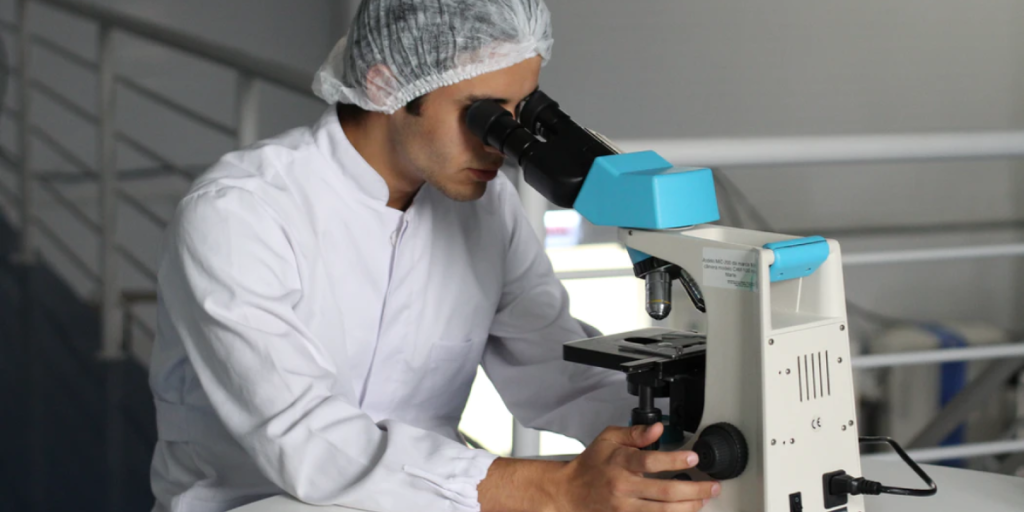
Following sample collection, a pathologist will examine the contents to check for disease.
Skin Biopsy
A skin biopsy is ordered when a patient’s skin presents with lesions that change in shape, size, or color, or if skin cancer is suspected. Like needle biopsies, there are different techniques of skin biopsies that can be performed depending on the location and size of the skin lesion.
- Shave biopsy – involves using a razor to scrape off a section of the patient’s skin to be tested.
- Punch biopsy – involves a small punch tool to extract a tissue sample from the deeper layers of the skin.
- Incisional biopsy – involves a scalpel to remove a small section of the skin for testing.
- Excisional biopsy – removes the entire skin lesion.
Surgical Biopsy
Surgical biopsies are ordered when a doctor cannot accurately assess the areas in question using other biopsy techniques. A surgical biopsy will make an incision into your skin to access the area in question. Common surgical biopsy procedures include removing a breast lump in a breast cancer diagnosis or removing a lymph node for a lymphoma diagnosis. During a surgical biopsy, the patient will receive local anesthetics to numb the area or general anesthesia to make the patient unconscious for the duration of the procedure.
Biopsy Results and Analysis
Once the necessary tissue and cell samples have been obtained, it will be sent to a laboratory for pathologists to examine and analyze. Once the studies have concluded, pathologists will alert the medical staff of the results so that they can determine the course of treatment. Biopsy results will tell whether the cells are cancerous and the type and location of the cancer.
Biopsies can be complicated, but once you learn more about their importance in your health, it is easy to understand their significance. To learn more about South Bend Medical Foundation’s pathology team and available services, contact our team today!


